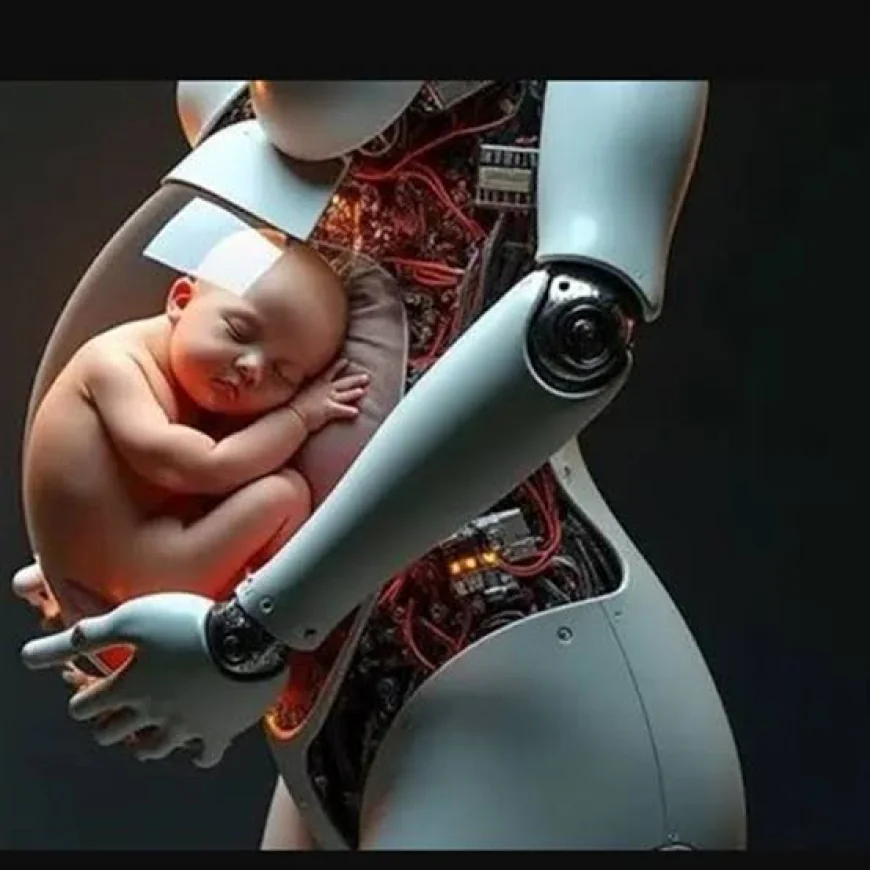China Nears Launch of Humanoid Robot Capable of Pregnancy via Artificial Womb

China is preparing to unveil what could be one of the most radical breakthroughs in reproductive technology: a humanoid robot equipped with a fully functioning artificial womb, designed to carry a pregnancy to term.
The project, led by Kaiwa Technology in Guangzhou, is scheduled for a 2026 debut. Speaking at the World Robot Conference in Beijing, project lead Dr. Zhang Qifeng confirmed that the scientific groundwork is already in place, with the next stage focusing on embedding the artificial womb into a humanoid robot capable of supporting an interactive pregnancy.
Artificial womb technology itself is not new. These sophisticated systems replicate the natural conditions of a uterus, using artificial amniotic fluid and an umbilical-like tube to deliver oxygen and nutrients. In 2017, U.S. researchers successfully kept premature lambs alive for weeks in such “biobags,” proving the feasibility of ex-utero gestation.
What sets Kaiwa Technology’s initiative apart is its ambition: building a humanoid robot able to oversee the entire gestation process, from fertilization through to full-term birth.
The company estimates the technology will cost around 100,000 yuan (£11,000), making it significantly more affordable than conventional surrogacy arrangements.
The driving force behind this innovation is China’s growing infertility crisis, compounded by demographic challenges and declining birth rates. If successful, the development could reshape the future of fertility solutions not only in China but globally.


